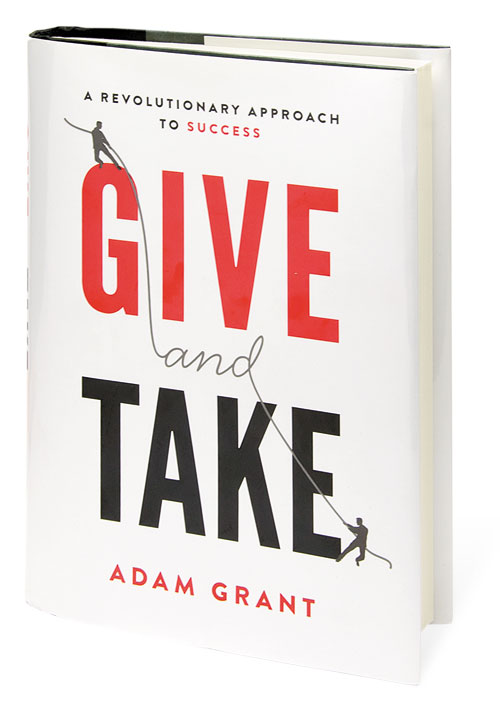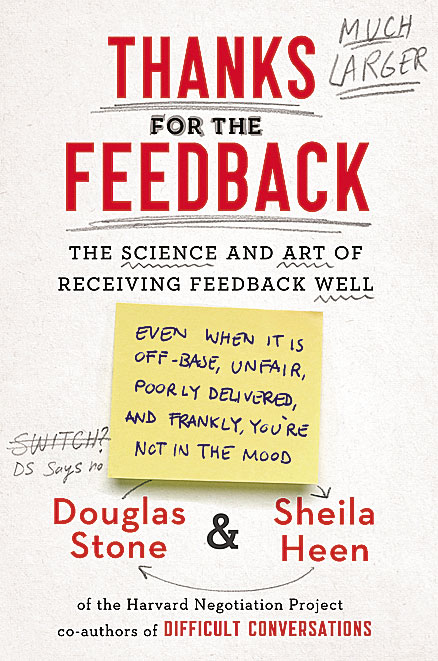
Books: The Strength of Givers
Often perceived as weak and more likely than others to fail, givers actually improve the workplace for everyone, according to Adam Grant's Give and Take.

Give and Take
By Adam Grant, Viking Adult, 320 pages, $27.95
Do givers get ahead in life or the workplace more than “takers” or even “matchers” (you give, I reciprocate)? It’s complicated and counterintuitive, but, yes, they do.
In fact, a single genuine giver can transform a whole work team into givers, dramatically improving everyone’s performance, productivity, and job satisfaction. Their pay-it-forward attitudes toward reciprocity and their let-me-connect-you approach to social interactions are contagious, in part because they often enlarge the pie for everyone. Thus, all benefit.
But Give and Take author Adam Grant, the youngest tenured professor at Wharton School of Business and a world-class social scientist, has more to prove than those findings. He wrote this book as a response to young leaders in his classes who voiced skepticism that any real givers exist in most workplaces.
To prove just how powerful giving can be in achieving success, Grant delves into data on everything from job performance of salespeople to figures showing that negotiators who give “win” often. From the role of authenticity in take-match-give styles, to the wise adoption of “otherish giving” that prevents burnout and “doormat” reputations, Grant talks to some of the planet’s greatest givers. You’ll recognize many names, and they got where they are by purposely giving away knowledge, contacts, and advice.
Often cited as one of the best leadership books of 2013, Give and Take has special relevance for workers in mission-driven associations and nonprofits. (Learn more in our interview with Grant.)

Thanks for the Feedback: The Science and Art of Receiving Feedback Well
By Douglas Stone and Sheila Heen, Viking Press, 348 pages, $27.95
While much training covers ways to give “constructive criticism,” little focuses on the “what now” by the recipient—namely, you. And while it’s hard to imagine that nearly 350 pages is needed to cover how best to respond to feedback (or not), you’ll quickly realize it is.
You’ll soon be caught up in the authors’ persuasive research, anecdotes, and practical how-tos about something that affects our personal and professional lives nearly every day.
People by nature want to learn but also want to be accepted as they are. Fortunately, the authors write engagingly as they tiptoe us through three trigger areas—truth, relationship, and identity—that encompass our blind spots, distortions, self-evaluations, and more.

Accelerate: Building Strategic Agility for a Faster-Moving World
By John Kotter, Harvard Business Review Press, 206 pages, $25
For associations reconsidering their business models, this latest book by change-management guru John Kotter introduces a “dual-operating system” meant to speed innovation and adaptability with no “sweeping overhaul” of current day-to-day organizational structures.
The side-by-side network is not a “second silo.” The design features spokes that lead to eight accelerators, including creation of stronger urgency and “enlistment of a volunteer army.”
“A dual system is more about leading strategic initiatives to capitalize on big opportunities or dodge big threats than it is about management,” writes Kotter.
Only a few years old, this model is worth monitoring in the months and years ahead.






Comments